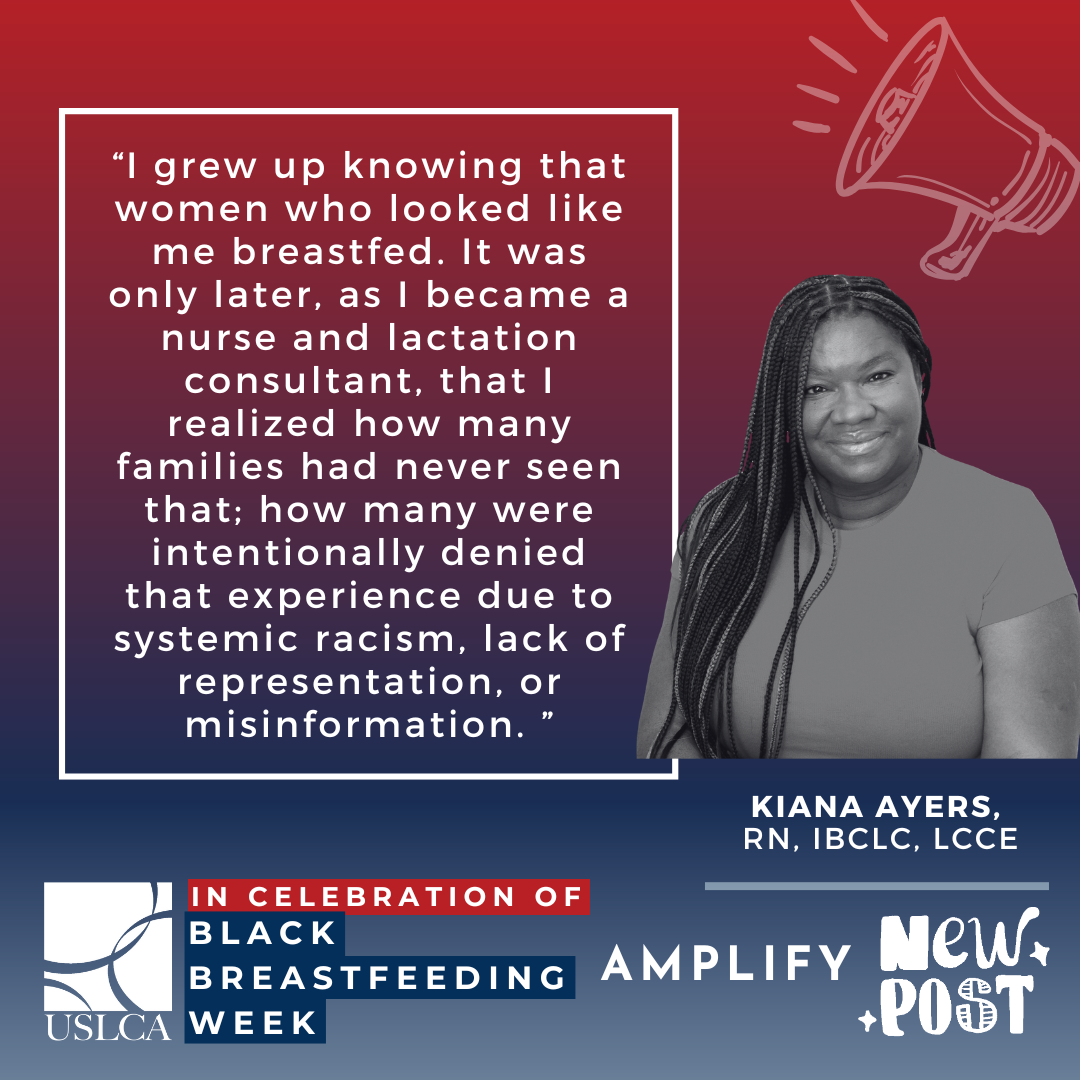Molly Green, Professional Doula
 The purpose of a doula is to provide continual care for a birthing person that allows them to feel safe in their desired space, supported in their choices, and satisfied with their experience. This used to be a lofty description to go along with a fairly unknown job title. However, scientific studies have now proven the significant difference that having a doula makes in bettering birth outcomes by lowering the rate of Cesareans and other medical interventions.
The purpose of a doula is to provide continual care for a birthing person that allows them to feel safe in their desired space, supported in their choices, and satisfied with their experience. This used to be a lofty description to go along with a fairly unknown job title. However, scientific studies have now proven the significant difference that having a doula makes in bettering birth outcomes by lowering the rate of Cesareans and other medical interventions.
As doulas, we know that Cesareans are sometimes a necessary, and miraculous, means to bringing a birthing person and their baby together earthside. However, we also know that having a Cesarean does put the birthing person at risk for encountering unwanted and often difficult health and healing complications. Currently, the World Health Organization and the American College of Obstetrics and Gynecology strongly believe that the United States health system should be able to achieve a 10 to 15 percent Cesarean rate by encouraging women to delay, avoid or limit interventions during their labors. With most hospitals in the country coming in closer to a 30 percent Cesarean rate, which equates to about a 1 out of every 4 ratio, there is certainly reason to pause in consideration of the gravity of this percentage. This means 1 out of every 4 is having a longer, more expensive stay in the hospital, causing financial and emotional stress. 1 out of every 4 is having to find a way to heal from a major surgery while simultaneously caring for a newborn infant, causing a potential interference with bonding and breastfeeding as well as a delaying recovery time. 1 out of every 4 is desperately hoping this delayed recovery will not interfere with their postpartum plans, nor resurface as a hindrance to any future pregnancies.
Knowing the scope of these potential complications, most hospitals are actively working to lower their Cesarean rates, but the outcomes do vary drastically from state to state, hospital to hospital, and month to month. It is hard to make sense of these varied numbers, as there are many factors at play, but what we do now know is this; having a doula decreases the implementation of medical interventions, eliminates or diminishes the use of pain medication, and decreases the duration of labor. Being confident in coping with labor pains and avoiding any step in what is known as the “cascade of interventions” drastically brings the chance of a Cesarean down, reduces the risk of complications for baby after birth, and raises the likelihood that the birthing person will feel satisfied with their experience. So, what is the magic behind this evidence-based value a doula is now known to bring to the care team?
Well, every doula has particular qualifications, personality traits, and approaches that might set them apart from one another, but there is usually a decent amount of common ground attributing to why the effectiveness of a doula is now so indisputable. We tend to believe that knowledge is power, and we do our diligence to provide clients with every possible bit of knowledge, of which we can confidently support with strong scientific evidence alongside our own anecdotal experiences. This specialized knowledge typically includes helping people understand the difference between medical terminology versus persuasive language, what questions to know to best gather pertinent information needed to actively advocate and make decisions, and last, but certainly not least, provides birthing people and their partners with endless advice on how to cope with labor pains and the challenges of their own internal dialogue.
During prenatal preparations, sharing this specialized insight familiarizes clients with all possible labor scenarios, readying their minds for what is ahead. During labor, this insight is offered should the need to revisit a topic arise. Also during labor, specific comfort measures are taken, labor positions are assisted with, and birthing people are able to feel the full support of their chosen doula. Compassionate care, empowering knowledge, a continual dedication to the satisfaction of the birth journey; of course doulas are effectively helping to lower the Cesarean rates and bettering birth outcomes. Here is to a happier, healthier future for all birthing people.
*All information included in this description of a doula’s role in lowering Cesareans is supported by information readily available to the public via reputable sources, and all personal insight is brought to you by members of the Roanoke Doula Collective, a group of hard working, evidence-informed, passionate birth workers located in Roanoke, Virginia, who are actively providing important care to the Roanoke Valley and surrounding areas.
About Molly:
I am a trained professional doula and mother of three, furthering my education and broadening my experience through a student midwife internship, a postpartum specific doula training, and a fetal and labor positioning class. I strongly believe education, mindful thought practice, emotional readiness discussion, and compassionate continuous care have an essential place in both birth and postpartum support.
The content of this post does not imply endorsement and may not reflect the position of USLCA.



